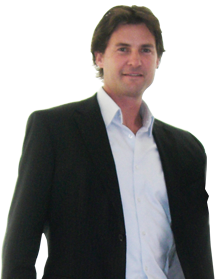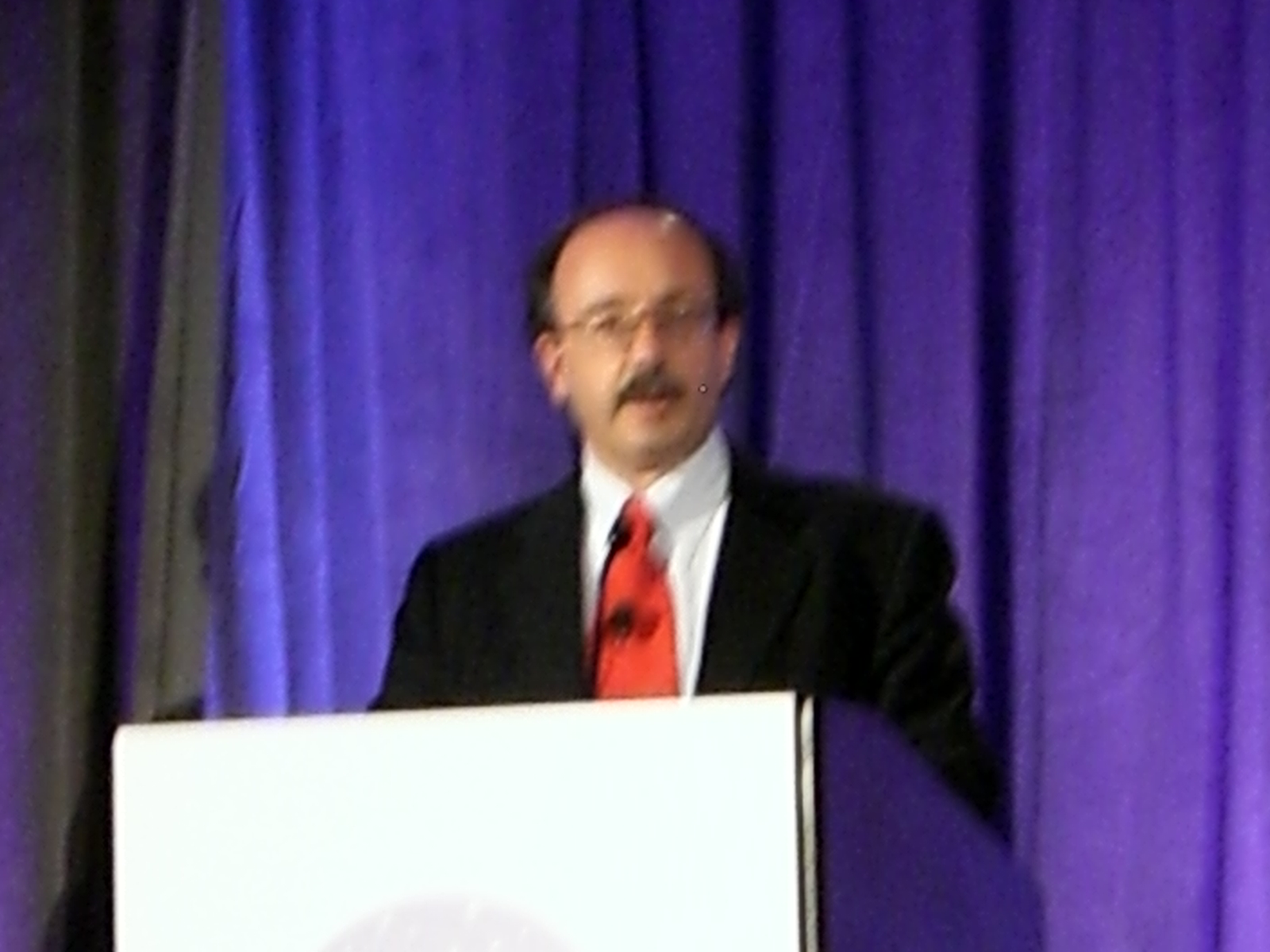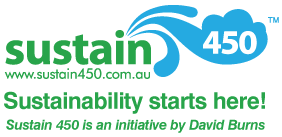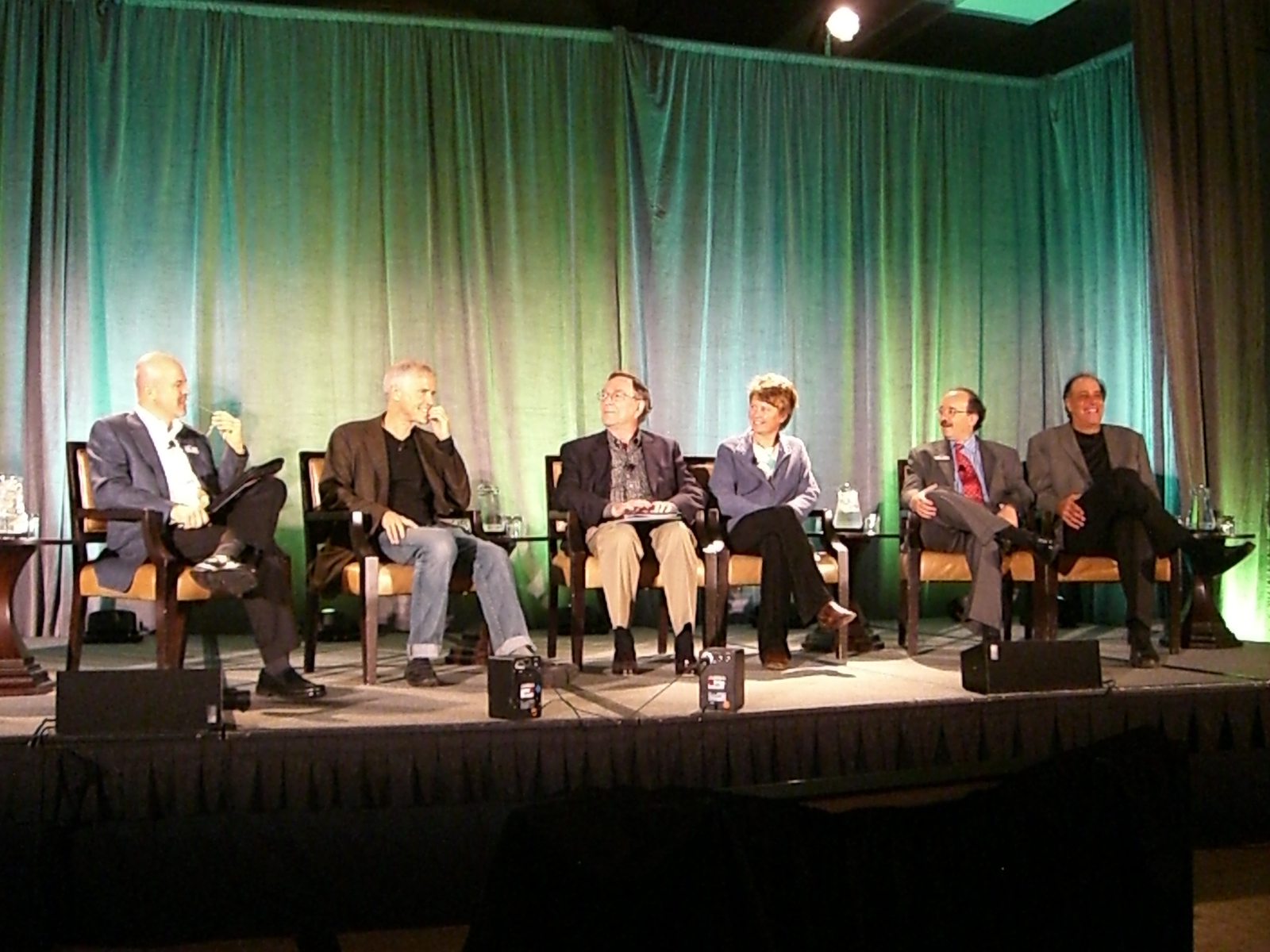
Welcome
David Burns is an environmental chemist with expertise in laboratory data audits, green chemistry, and industrial ecology. David is available to help business & professionals integrate sustainable supply chains and energy efficiency into service offerings. The following blog topics are intended to invoke awareness and/ or action in Going-Green. You are also invited to create a Free Whoisgreen business profile using the link above. David Burns is a NSC member of the Rocky Mountain Institute.

The annual Rocky Mountain Institute (RMI) Symposium held in San Francisco Oct 2009 had a strategic focus on energy efficiency and ihow to transition away from dependance on oil. VIEW 'Reinventing Fire' on YouTube NOW.
Panel (left to right): Micheal Potts - RMI CEO; Paul Hawken - Author; Ray Anderson - Interface; Janine Benyus - Biomimicry Guild; Amory Lovins - RMI Chief Scientist; Carl Bass - Autodesk.
Recommendation: become a RMI NSC member.
Four hundred and fifty delegates attended the (RMI) to participate in Rocky Mountain Institute energy efficiency discussions and workshops concerning the latest ideas applicable to commercial buildings, transportation, electricity, and industrial processes using whole-system thinking, end-use/ least cost analysis.
The overarching theme of Reinventing Fire was a roadmap to provide businesses, governments, and consumers with a strategy to unhook from the world's absolute dependence on fossil fuels and begin a transition towards a cleaner, safer, and economically sustainable energy platform.
My highlights included meeting industrialist Ray Anderson, the founder and chairman of global carpet tile company Interface with annual sales exceeding US$1 billion. Anderson's transformation of Interface began in 1994, when he had a "spear in the heart" moment after reading Paul Hawken's book, The Ecology of Commerce.
The solutions that Interface developed proved that a global company can realise profits and embrace sustainable ethics, demonstrated by their current results: greenhouse gas emissions cut by 82%, fossil fuel consumption cut by 60%, industrial waste cut by 66%, water consumption cut by 75%, sales increased by 66%, earnings doubled, profit margins raised, and invention of new machines & materials.
I recall an inspiring story which described how Anderson led his design team to investigate how nature carpeted the forest floor. The team were sent on a camping expedition to a national park, where the executives initially thought their leader had lost his mind. However, upon their return, they had discovered that nature had selected entropy favouring unpredictability that Anderson could use as a competitive advantage. The design team applied this random design across several product ranges allowing Interface to effectively manage-out cosmetic faults by eliminating the pattern, which coincidently reduced installation errors. Consumer costs for landfill disposal were cut as lifecycles could be extended via rotation, or swapped with unworn tiles, just as mechanics do to extend the life of car tyres. Damaged tiles become raw materials back at the factory. Anderson's belief of "better ways" extended all the way down to the factory floor. A group of executives visiting one of Interface's facilities to learn how they achieved their remarkable transformation were confronted by a forklift driver on the shop floor who was asked what he did. The forklift driver promptly replied, "I am saving the environment, and contributing to the company's profits by eliminating waste". The forklift driver quickly added, "I would love to stay and chat, but if I don't get this roll of material all the way up there in the next three minutes, the factory process will stop, which will cause delays, waste energy and cost money". Interface contributes much of its efficiency advancements to RMI's chief scientist, Amory Lovins, who conceived the idea of "Factor Ten Engineering" principles: a concept that delivers energy efficiency, resource and cost savings of greater than ten times current best practices to perform the same task, or create the same product. Many other US companies are now investigating the merits of energy efficiency to reduce operating expenses as their principle motivation, in readying themselves for the carbon economy.
The Empire State Building is one such example where its US$13 million super-window retrofit is expected to provide a 38% energy saving, with a three year payback". The "Smart Garage" concept is ready for seamless integration of electric vehicles with homes and commercial buildings via the electric power grid. Discussions are advancing on removing vehicle mass in an effort to address the efficient transportation of occupants.
Nuclear versus efficiency/ renewables provided great arguments. However, nuclear options are still troubled with the dilemma waste storage and investment. A great point to remember is that an alternative exists whereby 70 minutes of sunshine can provide enough energy to power global demand for a whole year.
I returned to Sydney with a great deal of excitement, but also with some frustration that my new arsenal of information and examples of how business and ecosystems can co-exist in a healthy value-based relationship is still not mainstream.
So why do so many Australian politicians and business leaders prefer to hold onto the notion that jobs & economy cannot be maximised without compromising the environment? My experience at RMI in San Francisco demonstrated that this is not only possible, but is being applied, and companies such as Interface are the shining examples sharing their IP so other businesses can learn from them!
Watch the RMI 2009 Planery Lecture (1hr 35 minutes - Ray Anderson, Amory Lovins, Jenine Benyus, Paul Hawkins, & Carl Bass), and other RMI presentations.
David Burns is a NSC member of RMI, and a sustainability advisor & analyst, www.sustain450.com.au.
If you have friends that would like to read this, then










